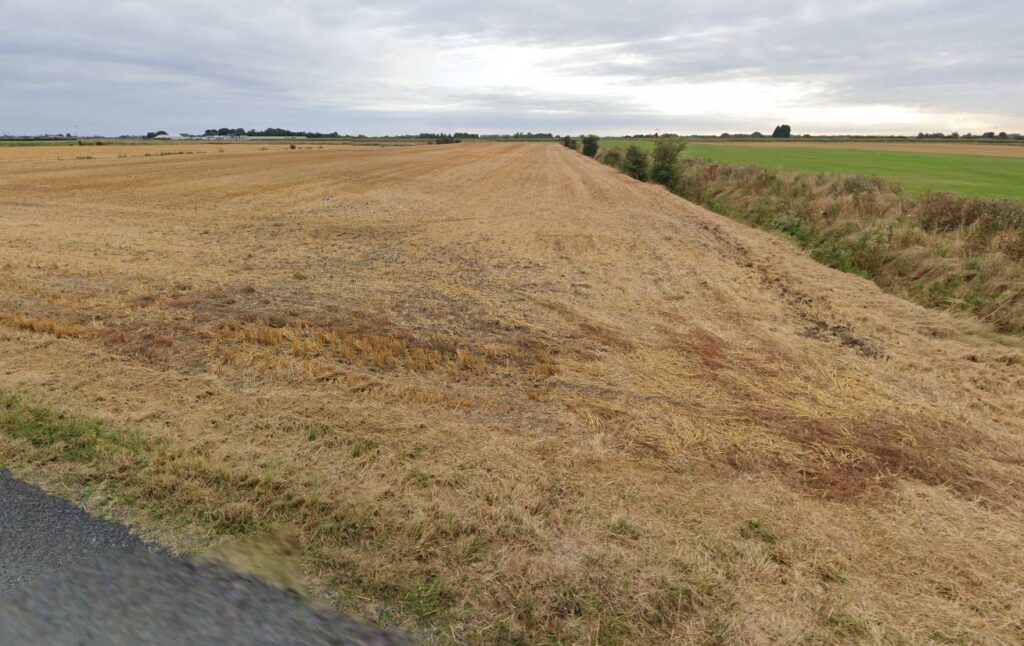Plans for a huge poultry farm at Whaplode Drove have been submitted to South Holland District Council.
With a total of 12 poultry ‘houses’ each measuring 80ft x 360ft, the total footprint of the buildings will be 32,100sqm.
The proposed development, off Pear Tree Hill Road, includes new access, vehicle turning and parking, hardstanding for a generator, gas tanks and a building just for dead birds.
“To meet supermarket requirements, the business will move to adopt a higher welfare regime,” says a design and access statement submitted on behalf of Holbeach Poultry Ltd.
It says that there will be 552,000 birds as opposed to the allowed 20 per cent higher figure of 690,000.
The application also adds that there will mitigating factors to the visual impact of the development.
Existing hedging, additional trees and native hedgerow along the boundary will all help.
The proposed plan will see a Biodiversity Net Gain of ten per cent as a minimum, claims the applicant.
“The appearance of the proposed buildings are similar to others in the area. The proposal is considered in keeping with other farm building developments over the past 30 years,” says the design and access statement.
The chickens, arriving as day-old chicks, will stay on site for 38 days and then the barns will be empty for ten days before a new batch arrives.
There will be seven crops a year, on average with no more than 552,120 a time – but an annual ‘output’ of just more than three million birds in total.
A licence from the Environment Agency will be needed for the farm.
A report into the impact of odour from the unit says computer modelling has been implemented.
“At the beginning of a crop cycle, when chicks are small, litter is clean and only minimum ventilation is required, the odour emission rate may be relatively small,” says the study.
“Towards the end of the crop, odour production within the poultry housing increases rapidly and ventilation requirements are greater, particularly in hot weather, therefore emission rates are considerably greater than at the beginning.”
The ‘peak odour’ rates will be when the housing barns are cleared of litter at the end of each crop, although there are measures that can be taken to minimise the problem.
But there are likely to be breaches of the Environment Agency’s benchmark for ‘moderately’ offensive odours, says the report, at Pear Tree Farm itself. Other residences would be below the benchmark.







